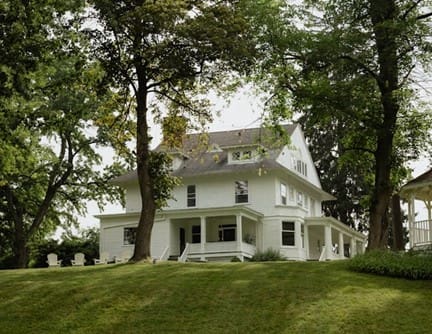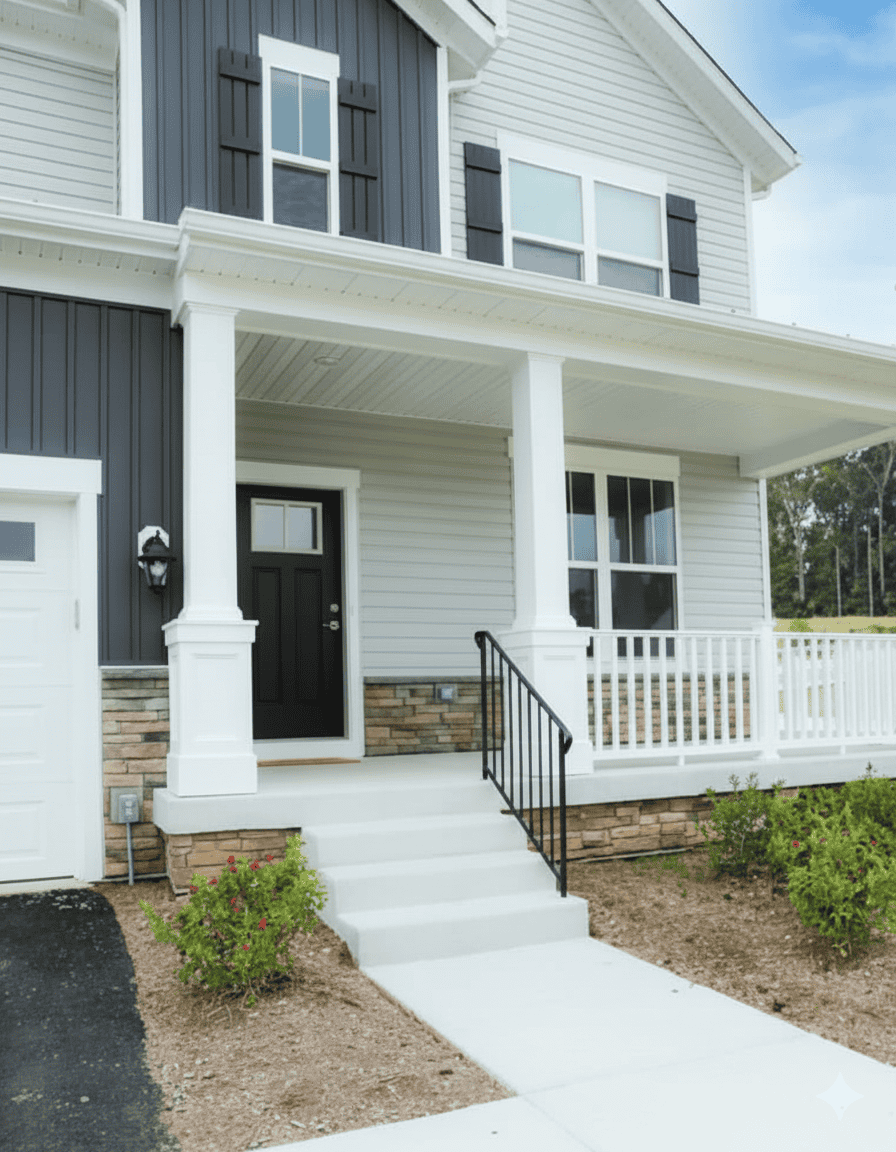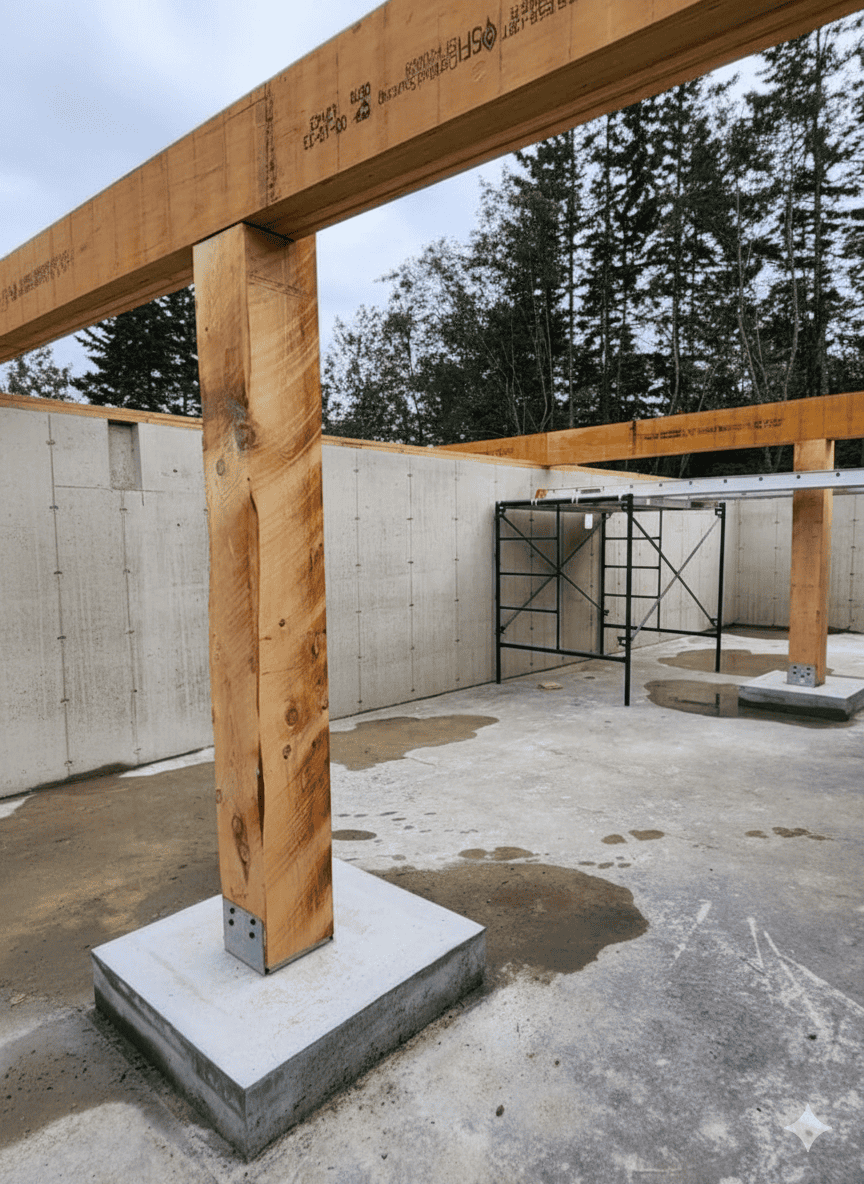When considering a home, one of the most pivotal decisions one can face is whether to build new or to preserve and renovate an existing structure. Homeowners today are increasingly weighing the benefits of creating a space from the ground up against the charm and character of older homes. For those working with home builders in Maine, this choice often comes down to balancing personal vision with the realities of age and design limitations. While both paths have distinct advantages, understanding the long-term implications, financial considerations, and lifestyle benefits can help guide a decision that aligns with your priorities.
The Case for Building New
Building a new home offers unparalleled opportunities for customization. From floor plans to finishes, every element can reflect your individual style and needs. Unlike older homes, where layouts and structural limitations often dictate design choices, new construction allows you to create a space that matches your exact vision.
For families with specific functional needs, new homes can incorporate modern technologies and energy-efficient features seamlessly. Smart home integrations, efficient insulation, advanced HVAC systems, and sustainable materials can be built in from the start, creating a space that is both comfortable and future-proof. These features are often more costly or complicated to retrofit into older properties, which may require substantial updates to meet the same standards.
Additionally, building new can eliminate the hidden costs associated with maintaining an older home. While older homes often provide lots of character and history, they often come with issues such as outdated wiring, plumbing, roofing, or foundations that may require expensive repairs. A new build generally comes with warranties, meaning potential problems can be addressed by the builder rather than the homeowner, providing peace of mind and financial predictability.
The Charm and Story of an Older Home
On the other side of the spectrum, preserving an older home also has its unique allure. Many historic properties boast architectural details and craftsmanship that are difficult, if not impossible, to replicate today. Exposed beams, intricate moldings, hardwood floors, and unique layouts offer a sense of character that can make a home feel truly one-of-a-kind.
Preservation also allows homeowners to maintain a connection with the past, blending modern upgrades with original features. For those passionate about history or who value established neighborhoods, renovating an older home can provide a deep sense of satisfaction. Moreover, in some areas, historic homes may have a prestigious location or mature landscaping that new construction might lack, adding both aesthetic and potential financial value.
However, it’s important to recognize the challenges inherent in preservation. Older homes often require significant updates to meet current building codes, energy efficiency standards, and safety regulations. These upgrades can be costly and time-consuming, and sometimes uncover hidden issues like structural damage, mold, or outdated systems that weren’t apparent initially. The scope of work required to bring an older home up to modern standards can rival or even exceed the cost of building new.
Long-Term Value vs. Immediate Investment
When weighing personalization against preservation, cost is a critical factor. New construction allows homeowners to plan budgets with clarity. While initial construction costs can be high, the predictability of expenses, combined with modern efficiencies, can reduce long-term maintenance and energy costs. A home built today can provide savings over decades through lower utility bills, fewer repairs, and reduced insurance premiums due to modern safety features.
Conversely, preserving an older home may appear less expensive initially, particularly if the property has already been acquired. However, renovation costs can escalate quickly as hidden problems are discovered. Even minor cosmetic updates may reveal underlying issues that require extensive structural work. While a renovated older home can increase in value, investors and homeowners alike must be prepared for potential financial surprises.
Lifestyle and Functional Benefits
Another factor to consider is how your home aligns with your lifestyle. A newly built home offers flexibility in designing spaces that accommodate specific routines, family structures, or accessibility needs. Whether it’s open-concept kitchens, home offices, walk-in closets, or universal design elements for aging in place, these features can be seamlessly integrated from the start.
Older homes, while full of character, often come with limitations that are difficult to overcome. Narrow hallways, segmented rooms, low ceilings, or uneven floors may restrict certain design choices or require expensive remodeling to address. For homeowners seeking convenience and a home tailored to their daily life, new construction frequently offers the clearest path to achieving that goal.
Environmental and Sustainability Factors
Sustainability is another consideration in this decision. New builds allow for the incorporation of energy-efficient designs and environmentally friendly materials from the outset. High-performance windows, insulated walls, solar panels, and efficient heating and cooling systems can make a modern home significantly more sustainable than an older structure, even after renovation.
Preserving older homes can also be seen as environmentally responsible, as it avoids demolition waste and repurposes existing structures. However, retrofitting an older home to achieve modern energy standards can be complex, and not all older homes are suitable for major upgrades without significant environmental impact. Balancing the desire for sustainability with feasibility is crucial in making an informed choice.

Emotional and Aesthetic Considerations
Finally, the emotional and aesthetic experience of living in a home should not be overlooked. New construction provides the opportunity to see your vision realized exactly as you imagine it, which can be incredibly satisfying for those who value control and customization. Meanwhile, older homes offer intangible qualities, a sense of history, craftsmanship, and the character of a bygone era, that cannot be duplicated.
For some homeowners, these qualities are non-negotiable, and preserving a home with historical significance or personal memories may outweigh practical considerations. For others, the freedom to create a fresh, modern space tailored to their lifestyle holds greater appeal.
Making the Decision
Choosing between personalization and preservation ultimately comes down to priorities. If your primary goal is to have a home that perfectly fits your lifestyle, embraces modern conveniences, and minimizes long-term maintenance concerns, building new is often the path that best aligns with these objectives. On the other hand, if history, architectural charm, and neighborhood character are central to your vision, restoring an older home may provide fulfillment that new construction cannot.
It’s also possible to find a middle ground. This hybrid approach requires careful planning, budgeting, and realistic expectations about the scope of work. Consulting with architects, builders, and preservation specialists can provide clarity and help homeowners navigate the complexities of each path.
A Thoughtful Investment in Your Lifestyle
Ultimately, the choice between building new and renovating an older home is deeply personal. Each option carries unique benefits and challenges, and the best decision depends on your vision for the space, financial considerations, and lifestyle priorities. While new construction offers unparalleled opportunities for customization, modern efficiencies, and predictability, preservation provides charm, character, and historical significance that may be difficult, if not impossible to replicated.
By carefully weighing these factors, homeowners can make a decision that not only meets their practical needs but also enhances their day-to-day experience, creating a home that truly reflects who they are and how they want to live. Whether you choose the path of personalization or preservation, the ultimate goal remains the same: a home that supports your life, your family, and your vision for the years to come.



